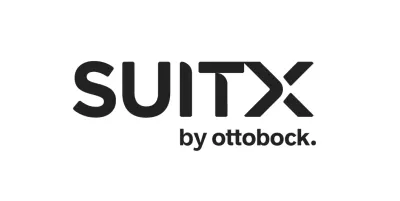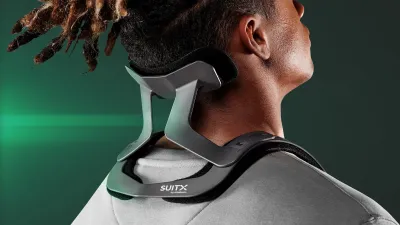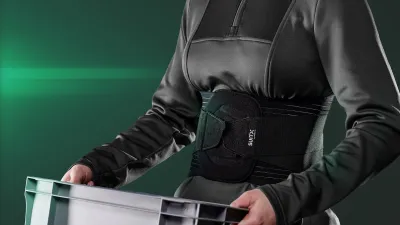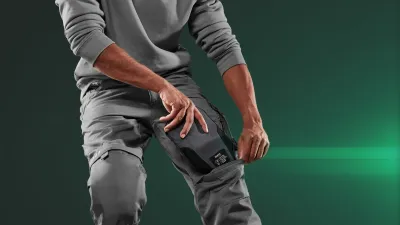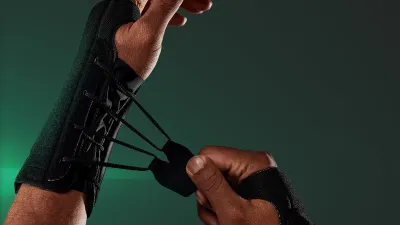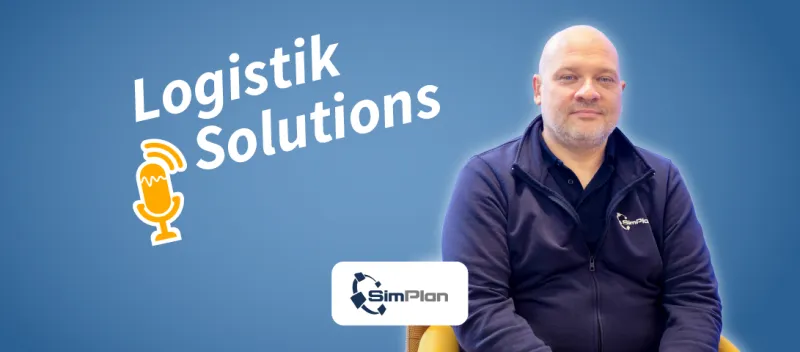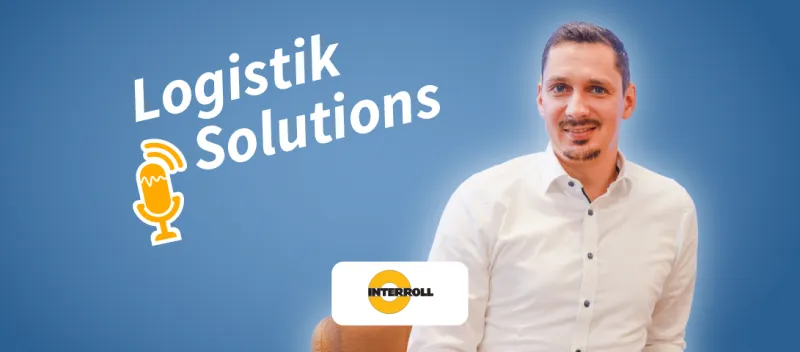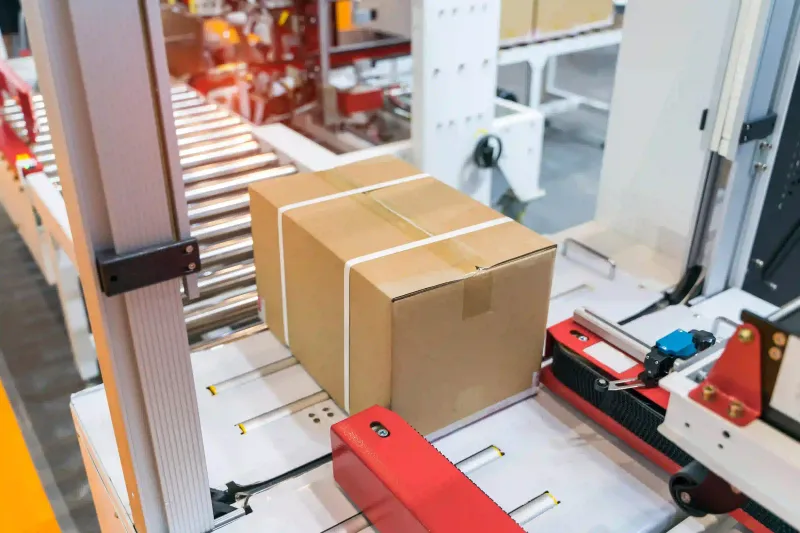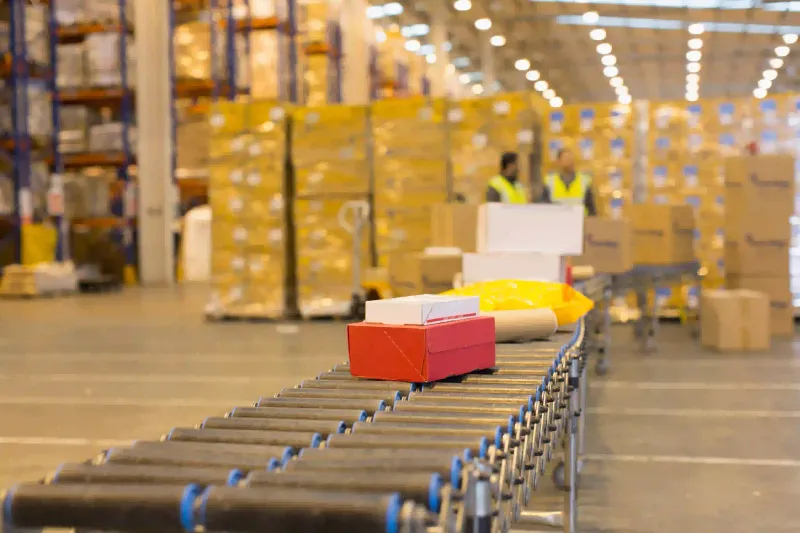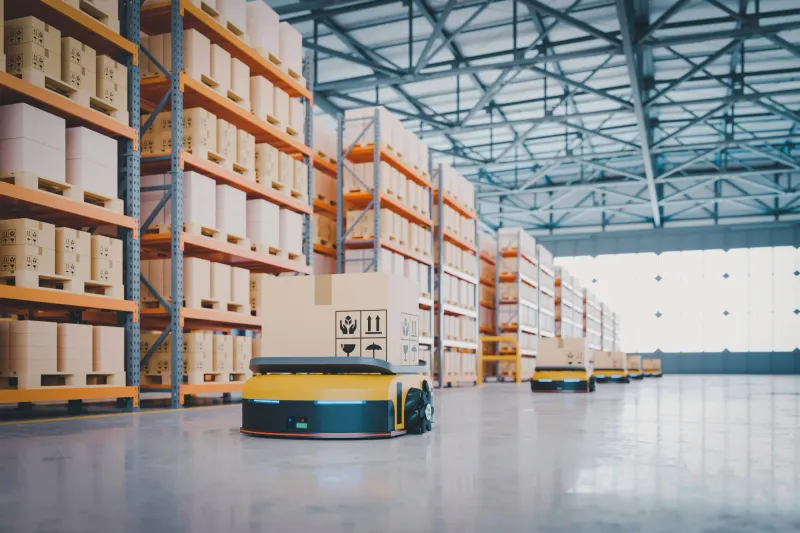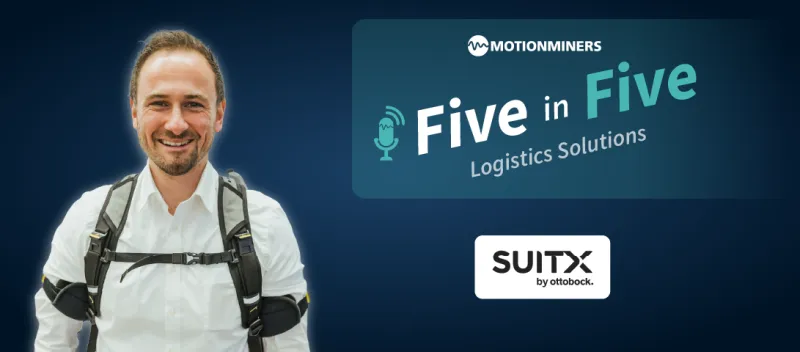5 in 5 with David from SUITX by ottobock
In the latest episode of our podcast, "Logistics Solutions: 5 Questions in 5 Minutes," we speak with David Duwe from SUITX by Ottobock. We discuss the use of exoskeletons in logistics, including how they reduce physical strain, where they are applied, and how they contribute to ergonomic and sustainable workplace design. SUITX develops wearable support systems that relieve strain on the back, shoulders, and joints, helping to prevent workplace injuries and improve performance in warehouses and production environments.
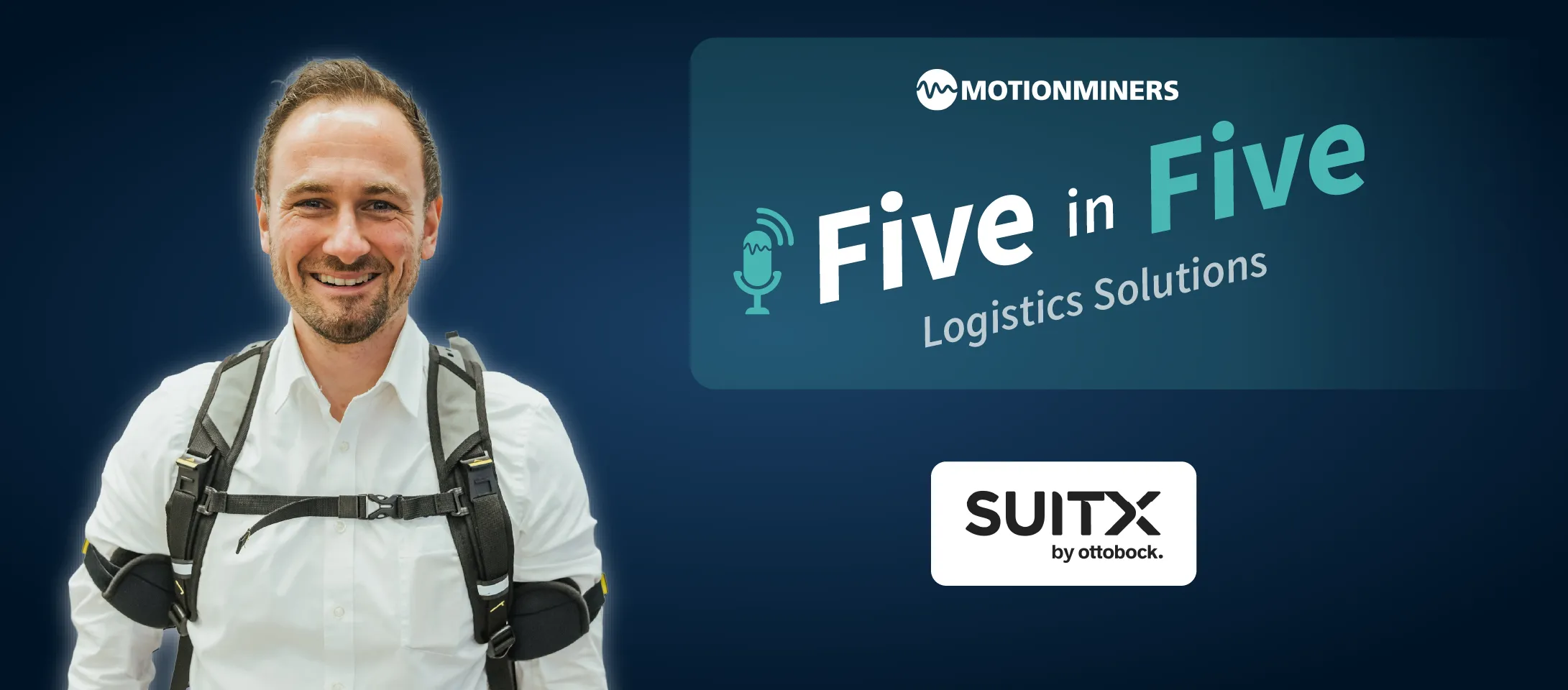 David Duwe from SUITX by Ottobock discusses the benefits of using exoskeletons to enhance ergonomics in logistics.
David Duwe from SUITX by Ottobock discusses the benefits of using exoskeletons to enhance ergonomics in logistics.Listen to the episode here or continue reading the blog to find out the answers to the five key questions.
1. Briefly describe your company and product.
SUITX by Ottobock is part of the traditional, family-owned Ottobock company, which has its headquarters and production facilities in Germany, as well as a second location in California, USA. Combining over 100 years of experience in biomechanics with state-of-the-art technology, the company develops innovative exoskeletons. These mechanical and increasingly digital solutions help physically active individuals stay healthy and productive.
Whether in industry or logistics, SUITX exoskeletons relieve strain on specific areas of the body — from the back to the shoulders — and help prevent long-term muscular disorders.
2. What Problem do you solve?
Demographic changes and a shortage of skilled workers particularly affect sectors with high levels of physical strain, such as logistics. Many activities are still carried out manually, leading to musculoskeletal disorders in employees over time. These disorders result in absences due to illness and rising costs.
SUITX is addressing this issue by offering a wide range of exoskeletons. These exoskeletons reduce physical strain by cushioning movements such as lifting heavy loads, working overhead, and bending down for extended periods. This keeps employees healthier and enables companies to retain skilled workers in the long term.
3. What are your USPs?
SUITX stands out from the competition in two key ways:
- First, product development is based on the biomechanical expertise of Ottobock, one of the world's leading suppliers of prostheses and orthoses, giving SUITX a strong foundation in medical know-how. This in-depth understanding of the human body is reflected in the quality and ergonomics of the exoskeletons.
- Modular product portfolio: SUITX offers solutions for almost any physical strain in the workplace, whether it affects the shoulders, back, knees, or hands. The systems are flexible and can be adapted to different work environments.
The result is easy handling, a high level of comfort, and effective relief in everyday work life.
4. Provide a concrete use case or success story that illustrates how your solution works in practice.
One practical example is the project with Airbus. SUITX collaborated with MotionMiners to analyze the physical strain of laying cables and riveting during aircraft body shell construction. The collected motion data revealed the intensity of overhead work and where exoskeletons could provide targeted relief for employees. The result is healthier processes and a safer, more efficient workday.
Another example is IKEA. SUITX exoskeletons are used in over 20 countries to support warehouse and logistics employees during lifting and bending operations. This not only leads to less downtime, but also improves quality of life — even after work.
5. What future developments or trends do you see in the logistics industry and how are you preparing as a company?
One clear trend is the growing demand for data-driven ergonomics. Companies want to ensure that their employees are supported and also want to measure and understand this support.
SUITX has partnered with MotionMiners to develop a new analysis tool that provides real-time information about workplace stress. How often is something lifted? What is the intensity of movement? Where do stress peaks occur?
This data can be used to implement targeted solutions, ranging from exoskeletons and ergonomic exercises to process adjustments.
Additionally, employee retention is an increasingly important aspect: Ergonomic workplaces contribute to health and make employers more attractive, which is an important factor in a competitive labor market.


